In recent years, the market demand for hazmat transportation, particularly from China to Germany, has grown significantly. Germany, being one of the leading economies in Europe, requires a constant influx of raw materials and chemicals for manufacturing and other sectors. As a result, businesses in China are increasingly looking to capitalize on this demand by establishing efficient and compliant shipping practices. With the rise in international trade, the emphasis on safety protocols, regulatory compliance, and the need for reliable logistics partners has never been more critical. In this blog, we will explore the complexities of hazmat freight forwarding, focusing on the logistics process, relevant regulations, and best practices for shipping hazardous materials from China to Germany.
Related Article : Shipping From China To Germany
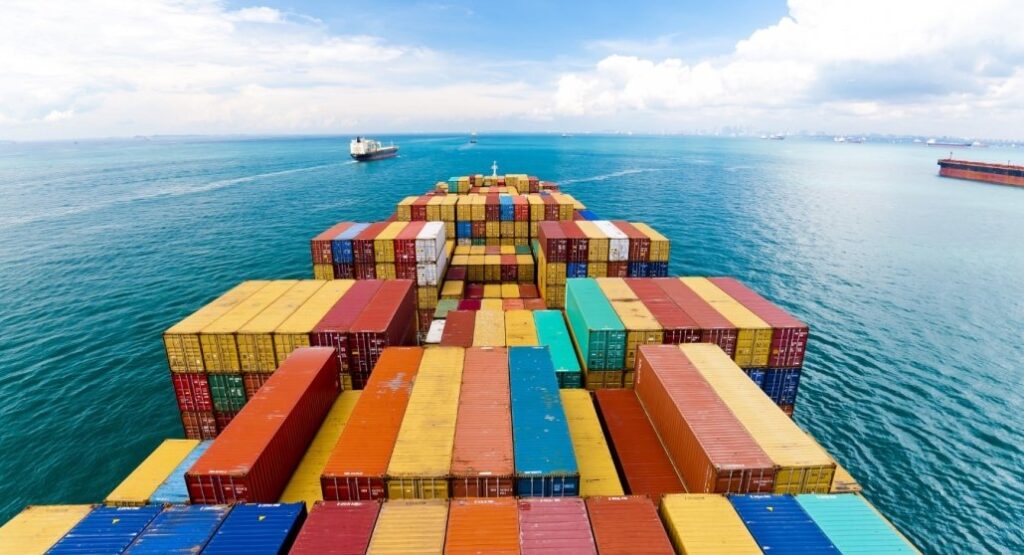
Basic Concepts of Hazmat Freight Forwarding
Definition and Classification of Hazardous Materials
Hazardous materials are defined as substances that can pose a risk to health, safety, property, or the environment. They can be classified into several categories based on their properties, including:
- Flammable materials: Substances that can easily ignite and cause fires or explosions.
- Corrosive materials: Chemicals that can cause damage to living tissue or severe corrosion to materials.
- Toxic materials: Substances that can cause harm or fatality upon exposure, through ingestion, inhalation, or skin contact.
- Radioactive materials: Items that emit radiation and can be hazardous to human health and the environment.
Understanding these classifications is essential for hazmat freight forwarders to ensure proper handling, labeling, and transportation in compliance with international standards.
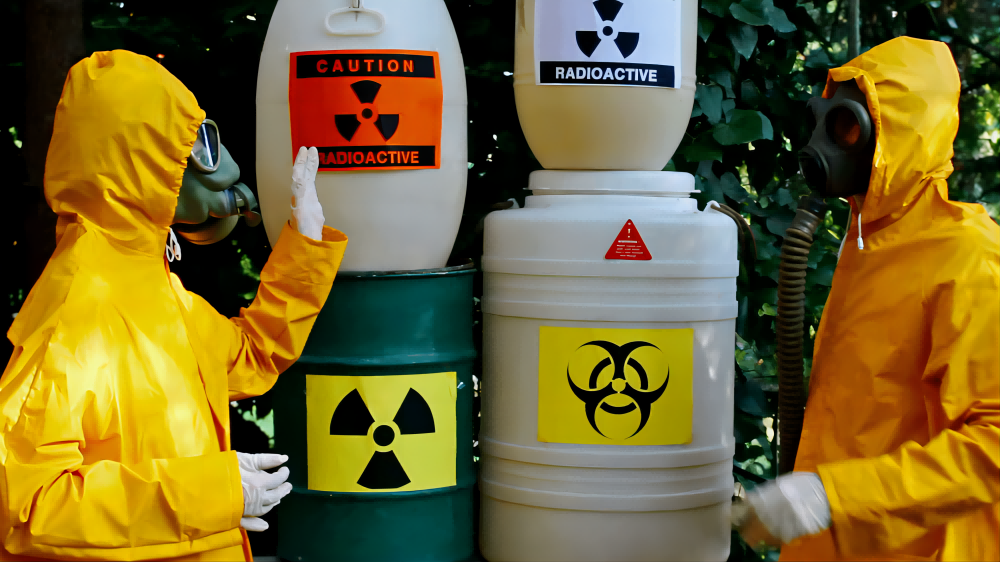
Relevant International Regulations and Laws
The transportation of hazardous materials is governed by a myriad of international regulations and laws, aimed at ensuring safety and environmental protection. Key regulations include:
- United Nations Recommendations on the Transport of Dangerous Goods (UNRTDG): A global framework that provides guidelines for the safe transport of hazardous materials.
- International Air Transport Association (IATA) Dangerous Goods Regulations: These regulations apply to air transport and outline specific requirements for shipping hazardous materials by air.
- International Maritime Organization (IMO) Regulations: For maritime transport, the International Maritime Dangerous Goods (IMDG) Code sets forth rules for the safe shipping of hazardous materials via ocean freight.
Compliance with these regulations not only mitigates risk but also enhances a company’s reputation as a responsible and reliable partner in international trade.
As the logistics landscape continues to evolve, understanding the intricacies of hazmat freight forwarding is essential for businesses engaged in the importation of hazardous materials from China to Germany. By following regulatory guidelines and employing best practices, companies can navigate the complexities of this specialized field successfully.
Key Considerations for Hazmat Shipping from China to Germany
When shipping hazardous materials from China to Germany, several key considerations must be taken into account to ensure compliance with regulations and the safe transport of goods.
Choice of Transportation Modes (Sea, Air, Multimodal)
Selecting the appropriate transportation mode is critical in the logistics of hazmat shipping. Each mode has its advantages and disadvantages:
- Sea Freight: This is often the most cost-effective option for larger shipments of hazardous materials. However, it may involve longer transit times and is subject to strict safety regulations. For example, the International Maritime Dangerous Goods (IMDG) Code outlines specific requirements for shipping dangerous goods by sea.
- Air Freight: This mode is suitable for urgent shipments that require quick delivery. However, air freight can be significantly more expensive than sea freight and comes with stringent regulations regarding the transport of hazardous materials. The IATA Dangerous Goods Regulations must be adhered to, which specify guidelines for packaging and labeling.
- Multimodal Transportation: This approach combines different modes of transport (e.g., using both sea and rail) to optimize costs and delivery times. It requires careful planning and coordination between various service providers to ensure compliance with all relevant regulations.
Packaging and Labeling Requirements
Proper packaging and labeling of hazardous materials are paramount to ensure safety and compliance during transport. Key requirements include:
- Packaging Standards: Hazardous materials must be packaged in containers that meet specific standards set out by international regulations. These containers should be durable and capable of preventing leaks or spills.
- Labeling: Each package must be clearly labeled with appropriate hazard symbols and handling instructions. This includes information about the nature of the hazard, such as flammability, toxicity, or corrosiveness. Proper labeling is not only a regulatory requirement but also ensures that all handlers are aware of the risks associated with the cargo.
Documentation and Declaration Processes
The documentation and declaration processes for hazmat shipping are comprehensive and require meticulous attention to detail. Essential documents include:
- Bill of Lading: This document serves as a receipt for the goods and outlines the terms of the transport agreement.
- Safety Data Sheets (SDS): These provide detailed information about the hazardous materials being shipped, including handling precautions and emergency response measures.
- Customs Declarations: Shipping hazardous materials from one country to another requires compliance with import/export regulations. Proper customs declarations must be submitted to ensure smooth transit across borders.
Ensuring that all relevant documentation is complete and accurate is essential for avoiding delays and penalties during the shipping process.
Read More:
- Shipping From China to the United States
- Shipping From China TO CANADA
- Shipping From China To Netherlands
- Shipping From China To UNITED KINGDOM
- Shipping From China To ALGERIA
- Shipping from China to UAE
- Shipping from China to Saudi Arabia
Selecting the Right Freight Forwarder
Choosing the right freight forwarder is crucial for successful hazmat shipping. Below are key factors to consider when making this important decision.
Qualifications and Expertise
A qualified freight forwarder should possess extensive knowledge and experience in handling hazardous materials. They must be well-versed in international regulations and have a proven track record of successfully managing hazmat shipments. This expertise ensures that your goods are handled with utmost care and compliance, minimizing risks associated with transportation.
Service Scope and Network Coverage
The right freight forwarder should offer a comprehensive range of services tailored to your specific needs. This includes not only transportation but also customs clearance, warehousing, and insurance services. Moreover, a strong network of global partners and agents is essential for ensuring efficient transit and timely delivery.
Safety Record and Reputation
When selecting a freight forwarder, it is imperative to investigate their safety record and reputation in the industry. Look for companies that have established protocols for handling hazardous materials and a history of compliance with safety standards. Reviews and testimonials from past clients can provide insight into their reliability and professionalism.
At Dantful International Logistics, we understand the complexities of hazmat shipping from China to Germany. We offer a highly professional, cost-effective, and high-quality one-stop international logistics service tailored for global traders. Our expertise in handling hazardous materials, comprehensive service offerings, and commitment to safety make us the ideal partner for your hazmat transportation needs. Explore our services today to ensure your hazardous materials are shipped safely and efficiently.
Dantful International Logistics Services:
- Dantful Ocean Freight Services
- Air Freight From China
- Amazon FBA Freight Forwarding
- WAREHOUSE Services
- One-Stop Customs Clearance Solution
- Cargo Insurance Services in China
- DDP Shipping Services By Dantful Logistics
- Out of Gauge Cargo Transportation Shipping Services
Hazmat Transportation Process
The hazmat transportation process encompasses several critical steps that ensure the safe and compliant movement of hazardous materials from China to Germany. Each phase of this process requires attention to detail and adherence to regulatory requirements.

Booking and Planning
The first step in the hazmat transportation process is booking and planning. This involves:
- Selecting a Freight Forwarder: Choose a reputable freight forwarder with experience in hazmat transportation to facilitate the shipping process.
- Detailed Assessment: Collaborate with the freight forwarder to assess the specific hazardous materials being shipped, including their classification, quantity, and destination.
- Route Planning: Determine the most efficient and compliant route for transportation, taking into consideration the mode of transport, potential hazards along the route, and any necessary stopovers.
Packaging and Labeling Inspection
Before shipment, all hazardous materials must be properly packaged and labeled. This step includes:
- Packaging Compliance: Ensuring that packaging meets international standards for hazardous materials, such as those outlined by the United Nations (UN).
- Labeling Inspection: Verifying that all labels accurately reflect the nature of the hazard and include necessary handling instructions. Labels must conform to regulatory standards, such as the Globally Harmonized System (GHS).
Customs Clearance
Customs clearance is a critical step in the hazmat transportation process, involving:
- Preparation of Documentation: Ensuring all required documentation, including Safety Data Sheets (SDS) and customs declarations, are complete and accurate.
- Engagement with Customs Authorities: The freight forwarder will liaise with customs authorities in both China and Germany to facilitate the clearance of hazardous materials.
- Compliance with Import/Export Regulations: Adhering to all customs regulations to avoid delays and penalties while ensuring that the shipment meets the necessary legal requirements for hazardous materials.
Transportation and Tracking
Once customs clearance is complete, the hazardous materials are transported to their destination. This phase includes:
- Mode of Transportation: Depending on the planning phase, the shipment may be transported via sea, air, or a multimodal approach.
- Real-time Tracking: Utilizing advanced tracking systems to monitor the progress of the shipment in real time, ensuring transparency and quick response to any potential issues.
Destination Delivery
The final step is the delivery of hazardous materials to their destination in Germany. This includes:
- Receiving Inspection: Upon arrival, the receiving party must conduct an inspection to ensure that the shipment is intact and matches the documented specifications.
- Handling Procedures: Following the proper handling procedures as outlined in the SDS and other relevant documentation to mitigate risks during unloading and storage.
Common Challenges and Solutions
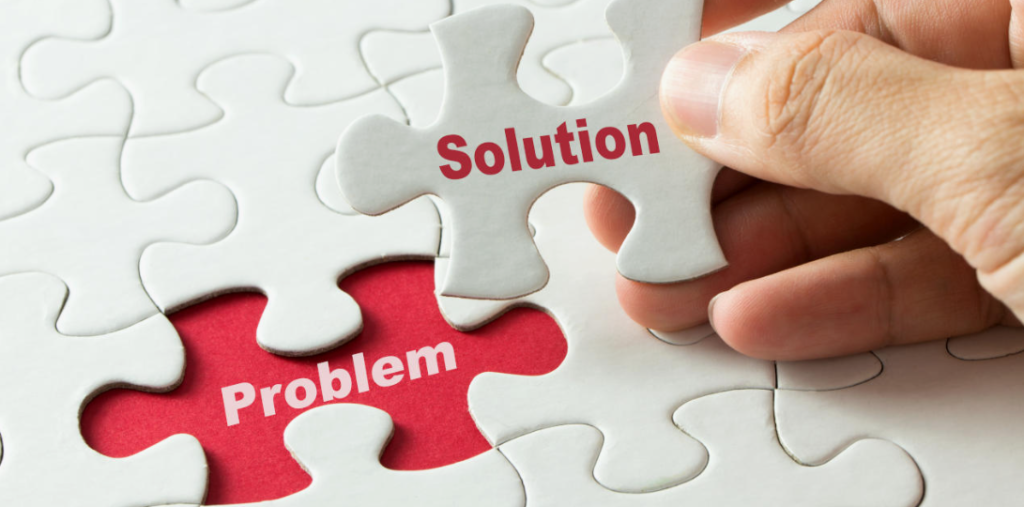
Hazmat shipping from China to Germany presents unique challenges that require effective solutions to navigate successfully.
Regulatory Compliance
Challenge: Navigating the complex web of international regulations can be daunting, with varying requirements in different jurisdictions.
Solution: Partner with a knowledgeable freight forwarder who specializes in hazmat shipping. They can provide guidance on compliance with regulations such as the IMDG Code and IATA Dangerous Goods Regulations. Regular training and updates on regulatory changes can also enhance compliance efforts.
Safety Management
Challenge: Ensuring the safety of hazardous materials during transport is paramount, but incidents may occur.
Solution: Implement robust safety management systems that include regular risk assessments, staff training on handling hazardous materials, and emergency response planning. Additionally, using appropriate packaging and following safety protocols will help mitigate risks.
Cost Control
Challenge: The costs associated with hazmat shipping can be higher due to specialized handling and regulatory compliance.
Solution: Work closely with your freight forwarder to identify opportunities for cost reductions, such as optimizing shipping routes, consolidating shipments, and considering different modes of transport. Regularly reviewing shipping costs and adjusting strategies as needed can also help manage expenses effectively.
FAQs
- What are hazardous materials?
Hazardous materials are substances that pose risks to health, safety, property, or the environment due to their chemical properties, such as flammability, toxicity, or corrosiveness. - What regulations govern hazmat transportation?
International regulations, such as the UNRTDG and IATA Dangerous Goods Regulations, govern the safe transport of hazardous materials. Compliance with these regulations is essential for legal and safe shipping. - How do I choose a freight forwarder for hazmat shipping?
Look for a freight forwarder with expertise in hazmat transportation, a strong safety record, comprehensive service offerings, and a reputable network of partners.
References
- International Maritime Organization (IMO). “IMDG Code.” IMO IMDG Code
- International Air Transport Association (IATA). “Dangerous Goods Regulations.” IATA DGR
- United Nations. “Recommendations on the Transport of Dangerous Goods (Orange Book).” UN Recommendations
- European Commission. “Regulation (EC) No 1272/2008 on Classification, Labelling and Packaging of Substances and Mixtures.” EU Regulation

Young Chiu is a seasoned logistics expert with over 15 years of experience in international freight forwarding and supply chain management. As CEO of Dantful International Logistics, Young is dedicated to providing valuable insights and practical advice to businesses navigating the complexities of global shipping.


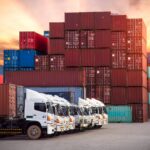

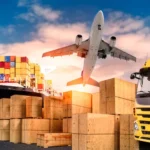
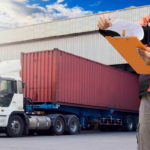
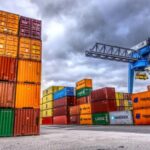


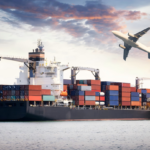
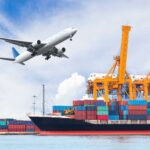
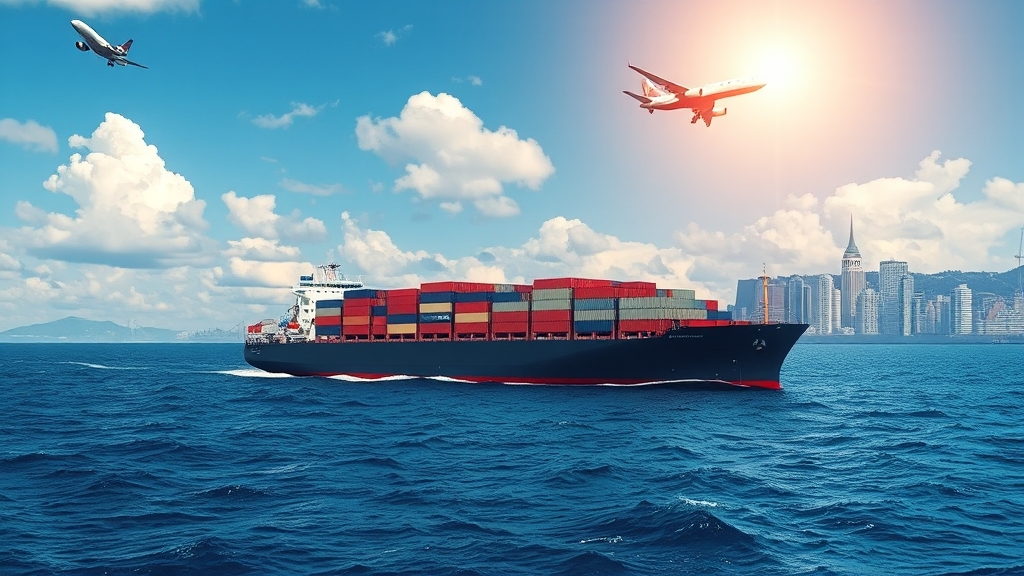

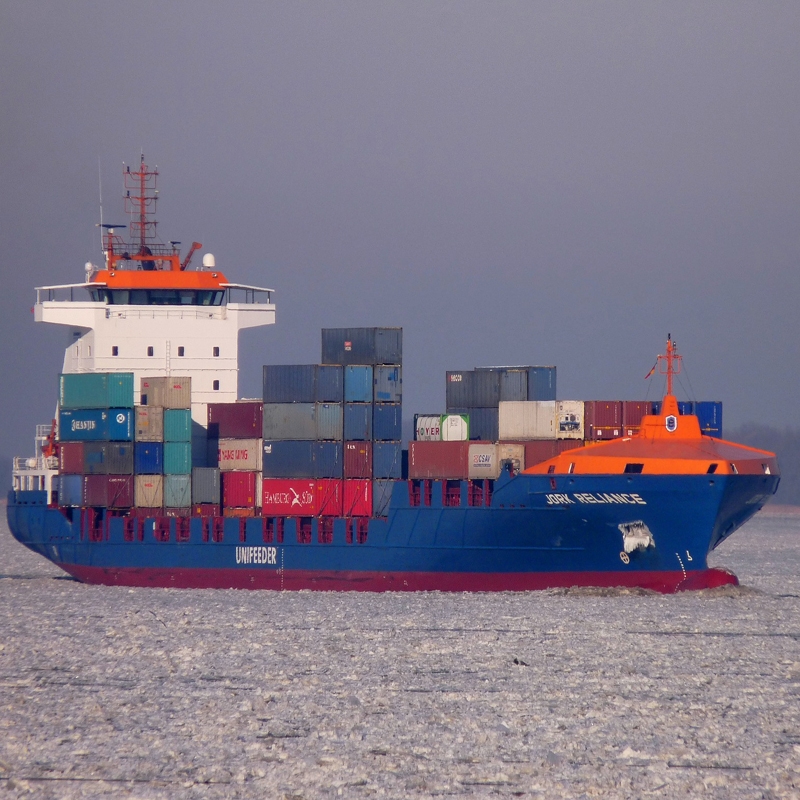
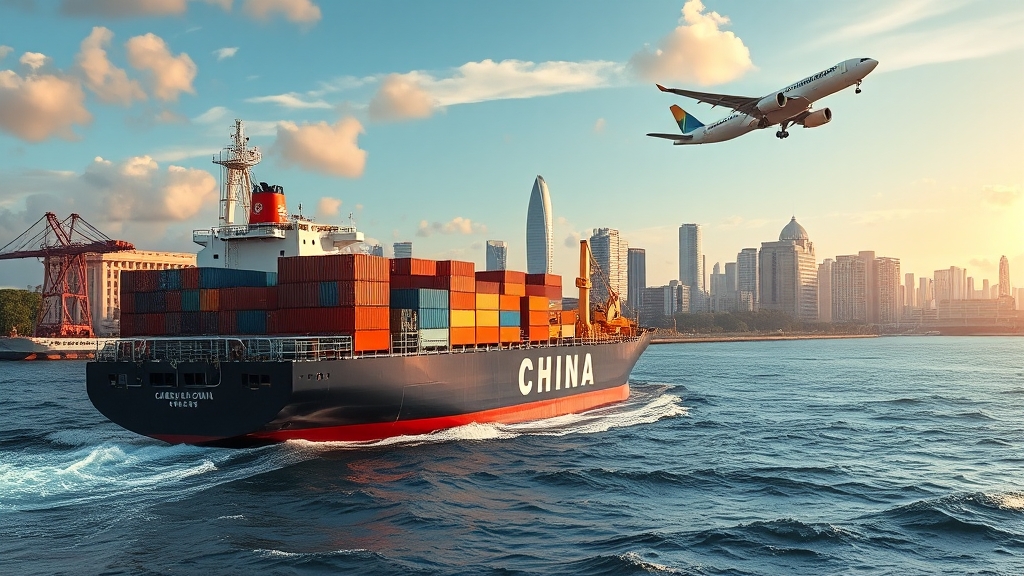
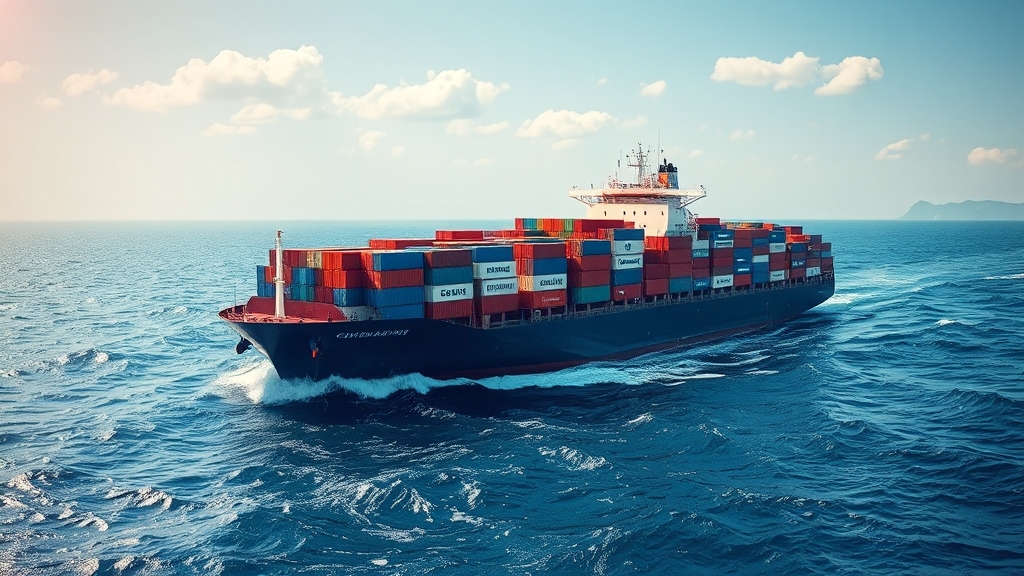





 Afrikaans
Afrikaans Shqip
Shqip አማርኛ
አማርኛ العربية
العربية Հայերեն
Հայերեն Azərbaycan dili
Azərbaycan dili Euskara
Euskara Беларуская мова
Беларуская мова বাংলা
বাংলা Bosanski
Bosanski Български
Български Català
Català Cebuano
Cebuano Chichewa
Chichewa 简体中文
简体中文 繁體中文
繁體中文 Corsu
Corsu Hrvatski
Hrvatski Čeština
Čeština Dansk
Dansk Nederlands
Nederlands English
English Esperanto
Esperanto Eesti
Eesti Filipino
Filipino Suomi
Suomi Français
Français Galego
Galego ქართული
ქართული Deutsch
Deutsch Ελληνικά
Ελληνικά Kreyol ayisyen
Kreyol ayisyen Harshen Hausa
Harshen Hausa Ōlelo Hawaiʻi
Ōlelo Hawaiʻi עִבְרִית
עִבְרִית हिन्दी
हिन्दी Hmong
Hmong Magyar
Magyar Íslenska
Íslenska Igbo
Igbo Bahasa Indonesia
Bahasa Indonesia Gaeilge
Gaeilge Italiano
Italiano 日本語
日本語 Basa Jawa
Basa Jawa ಕನ್ನಡ
ಕನ್ನಡ Қазақ тілі
Қазақ тілі ភាសាខ្មែរ
ភាសាខ្មែរ 한국어
한국어 كوردی
كوردی Кыргызча
Кыргызча ພາສາລາວ
ພາສາລາວ Latin
Latin Latviešu valoda
Latviešu valoda Lietuvių kalba
Lietuvių kalba Lëtzebuergesch
Lëtzebuergesch Македонски јазик
Македонски јазик Malagasy
Malagasy Bahasa Melayu
Bahasa Melayu മലയാളം
മലയാളം Maltese
Maltese Te Reo Māori
Te Reo Māori मराठी
मराठी Монгол
Монгол ဗမာစာ
ဗမာစာ नेपाली
नेपाली Norsk bokmål
Norsk bokmål پښتو
پښتو فارسی
فارسی Polski
Polski Português
Português ਪੰਜਾਬੀ
ਪੰਜਾਬੀ Română
Română Русский
Русский Samoan
Samoan Gàidhlig
Gàidhlig Српски језик
Српски језик Sesotho
Sesotho Shona
Shona سنڌي
سنڌي සිංහල
සිංහල Slovenčina
Slovenčina Slovenščina
Slovenščina Afsoomaali
Afsoomaali Español
Español Basa Sunda
Basa Sunda Kiswahili
Kiswahili Svenska
Svenska Тоҷикӣ
Тоҷикӣ தமிழ்
தமிழ் తెలుగు
తెలుగు ไทย
ไทย Türkçe
Türkçe Українська
Українська اردو
اردو O‘zbekcha
O‘zbekcha Tiếng Việt
Tiếng Việt Cymraeg
Cymraeg יידיש
יידיש Yorùbá
Yorùbá Zulu
Zulu